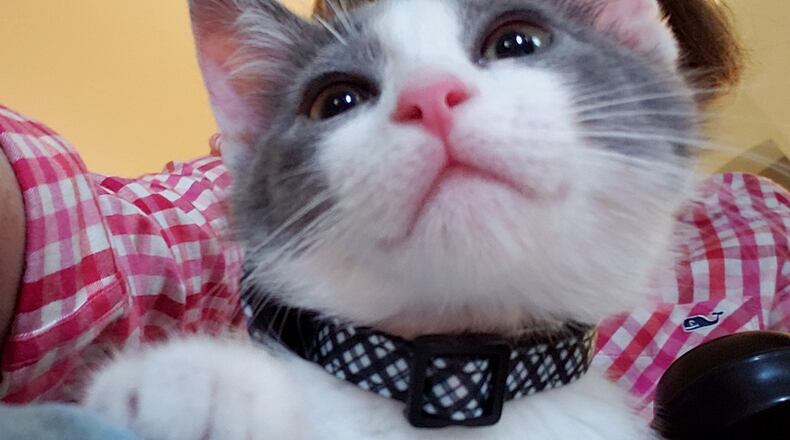In terms of rubs, scratches or strokes, dogs’ intentions are usually clear while cats’ are usually opaque.
This is nothing new, of course. When our passed cat, Abby, was angry with me, I always knew it because anything I had on a table or countertop ended up on the floor. But I didn’t always know what she wanted when she jumped in my lap. Scratches behind her ears? Treats? Just to sit there and chill?
What I’ve learned, and what Dr. Liz Bales, veterinarian and founder of Doc & Phoebe’s Cat Co, describes so precisely at bestlifeonline.com, cats are not small dogs, and they don’t want to be petted like them.
“Many dogs enjoy a good belly rub, but cats are an entirely different story,” Bales says. “Cats are highly reactive to belly rubs and are likely to ‘attack’ a hand that tries to give them one. When a cat is resting and shows you her belly, this means that she is relaxed and trusts you. Make no mistake, this is not an invitation for your hand.”
From experience, research and talking to many of my cat-owning friends, taking the time to watch how your feline reacts to your touch is key to knowing when and where it’s safe to pet.
Pip jumps into my lap every morning for a 10- to 15-minute “you can adore me now” session. When satisfied, he jumps off my lap, shakes his body like Teddy does, stretches from his head to the tip of his tail and goes merrily on his way.
I’ve watched how Pip reacts to me touching him over the past four years. Like most cats, he loves being scratched behind his ears, at the base of his tail and under his chin. Those are Pip-approved areas for one of these sessions.
Most of the time this approach works like a charm. And then one morning, for reasons I can’t always discern, as quickly as he jumps on my lap he jumps off. Then the next morning, he’s back to his normal behavior.
At allaboutcats.com, Bronwen Bollaert writes, “Factors affecting a cat’s present behavior include: feeling too hot, being in a noisy environment, feeling hungry or thirsty, feeling unwell or painful, or just tired and wanting to go to sleep.”
That makes sense, because if Pip wants food, regardless of the timing, everything else takes a back seat.
When I’m on my computer and it’s close to 3 p.m., Pip’s “appetizer time,” I have three options: ignore him, which will result in his tapping my arms, shoulders and knees, squawking or jumping on my desk and lying in front of my screen and blocking my view; shut the door and listen to nonstop howling; or, finally, no matter how early it is, feed him and hope he won’t bother me until his 5 p.m. dinner time.
If you’ve ever owned a cat, of course you know exactly what I’m talking about.
Karin Spicer is a member of The Dog Writers Association of America. She lives in Greene County with her family and two furry pets who inspire her. She can be reached at spicerkarin@gmail.com.
About the Author
